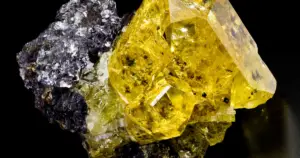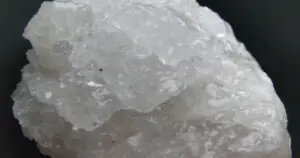Gypsum Meaning: Healing Properties, Benefits and Uses
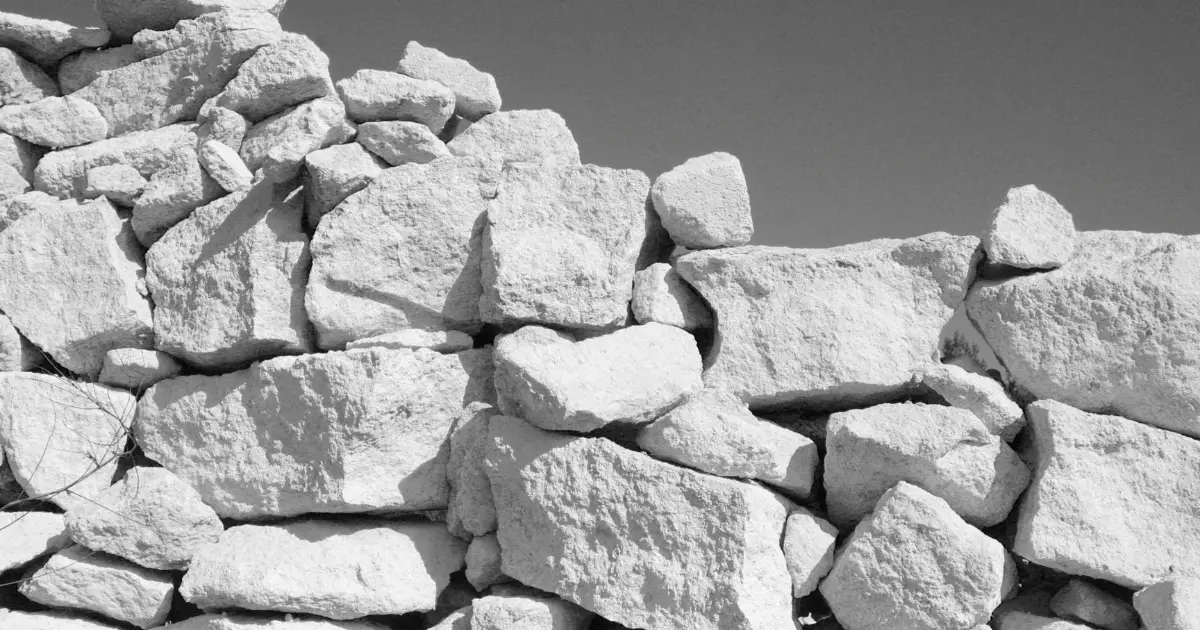
The most typical sulfate mineral is gypsum, which is calcium sulfate that has been hydrated. In the sense of a deposit that remains after the water evaporates, it is also the most typical evaporate. Gypsum is a mineral that is used in plasters like the plaster of Paris, and its name derives from the Greek word gypsies, which means “plaster.”
There are further industrial uses for gypsum. It serves as a filler in paints and crayons as well as in cement and fertilizers. Gypsum is occasionally used in jewelry, but because it is so delicate, significant caution must be exercised. Gypsum is so soft that you may cut it with a knife or scrape it with your fingernail with ease. Gypsum comes in a variety of forms, including alabaster, satin spar, and selenite, all of which are utilized in jewelry.
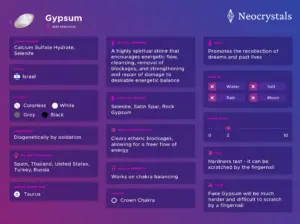
Table of Contents
What is Gypsum?
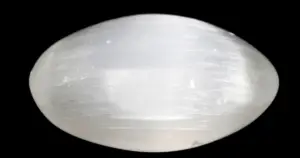
Natural gypsum, or CaSO42H2O, is a sedimentary mineral created by the repeated drying out and rewetting of calcium- and sulfate-rich soils. The calcium and sulfates may have come from the nearby soils where the gypsum is found or they may have come from farther away calcium salt and sulfate deposits that were eroded and brought to the location over time by flowing water.
In either case, the calcium and sulfate mix to form molecules and crystals of hydrated calcium sulfate, also known as gypsum, the most prevalent of the sulfate mineral class, as the mineral-bearing water evaporates or percolates away into the ground. The mineral has a Mohs hardness of just 2, making it delicate and lustrous.
Gypsum chalk resembles and feels like the plaster of Paris, which is exactly what plaster of Paris is. It is typically found with more compact or dense deposits of limestone, alabaster, or selenite. Gypsum is hydrated calcium sulfate, and it may be carved into statues, jewelry, and other works of art whether it is powdery or compact. Its color might be colorless to white, gray, yellowish, reddish, greenish, or brown due to the addition of trace minerals.
Properties of Gypsum
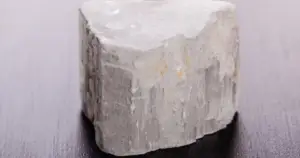
Gypsum is a strong energy conductor that promotes energetic flow, purification, the removal of blockages, strengthening, and the restoration of harm to the desired energetic balance because of its polar molecular structure. It is a fantastic instrument for untangling auric entanglements and cleansing other crystals.
All living things can interact and be supported by gypsum in both a physical and energetic sense. Gypsum may let you move, evolve, and adapt without ever losing who you are because of the ease with which it dissolves in water and then gradually reforms. Gypsum may pick up certain new metaphysical traits in its numerous forms, but none of the ones connected to its most fundamental form are ever lost.
Conclusion
The six directions of heaven, earth, north, south, east, and west are tied together by placing gypsum, in any form, in the middle of a medicine wheel. This promotes greater oneness, right thinking, and purpose alignment. Gypsum quickly absorbs water, hence it is frequently employed in rain ceremonies when it is tossed into the air in powdered form to absorb the moisture before falling to the earth. It turns into a pathway, conduit, or vessel to transport the water (or energy), much to how one would go to a well, draw water, and then carry it back to their home, crops, or animals.

